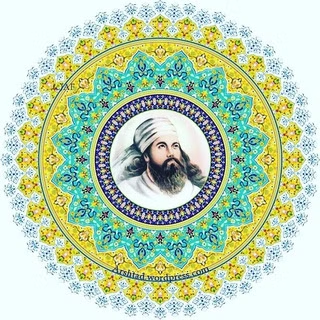What is the “Mah-Bokhtar Neyāyesh” (Praise of the Moon) Avesta, and what are the practices for reciting this Avesta among Zoroastrians in Iran?
🌿🌼In the Zoroastrian calendar, the 12th day of each month is Mah Ruj (Moon Day), or as pronounced by the Parsis, “Mohor Roj.” Mobeds(priests) and followers believe that on this blessed day, by reciting the “Mohor Neyāyesh” Avesta (Praise of the Moon), they align themselves with the spirit of creation, and by praising the Creator, Ahura Mazda, and the holy Immortal divine(Amesha Spenta), they should honor this creation. While it has been obligatory for priests to recite this Avesta at the beginning, middle, and end of each month (Farvardin Roj, Mohor Roj, and Anaram Roj), over time, due to the difficulties of the age and like many other traditional customs among Irani Zaratustis, the rituals of this Avesta have become less practiced, and the observance of this tradition is no longer as it once was. However, our ancestors believed that reciting this Avesta on these three days brings greater fulfillment of wishes, and that God has chosen these three moments to fulfill the desires and requests of the people.
As we know, the “Mah-Bokhtar Neyāyesh” is recited to praise the moon and align the person with the spirit of creation. For example, in a translation of a section from this holy text, it is written: “Praise and strength and power and blessings be upon the life-giving moon, upon the first creation and the source of life for all living beings…”
It is worth mentioning that joy and celebration on Mohor roj are also very important, alongside the praise and worship of this creation. In some Pahlavi manuscripts and our ancient texts, there is frequent emphasis on eating, drinking, and celebrating on this day. For example, in the Pahlavi book of exhortation of ‘Ādurbād-ī Mahraspand’, it is said: “On Mohor Roj, enjoy some wine, gather with your friends, and share good conversation.”
Despite all this, we see that Mohor roj has had a special place among Zoroasterians from ancient times to the present, and by preserving these traditions and celebrating on this day, the faithful have given it great importance.
Therefore, it is not without merit to briefly mention this beautiful tradition in order to revive it, and also to review the practices for reciting the “Mah-Bokhtar Neyāyesh” Avesta. The practice of reciting the “Mah Neyāyesh”, according to religious texts, is as follows: The priest or worshiper, while reciting it, must stand, place their hands on their chest, and face the moon…
Thus, it is clear that memorizing this Avesta was a notable practice in the past, but if someone does not have it memorized, it is better to place a bowl of water on the ground in such a way that the image of the moon is reflected in the water, and then hold the fragment of the Avesta in hand and recite it facing the reflection of the moon in the bowl. After finishing, the water should be poured onto the nature. It should also be noted that the prayer is to be recited at two Gah during the night, and it is appropriate to recite it after performing the ritual of “Kasti” (ritual purification) and reciting the required daily prayers. Additionally, one can also benefit from the recitation of sixty-five “Yatha-Ahu Vairyo” and five “Ashem-Vohu”, which serve as a substitute for this Avesta. Although reciting it at any time of the night is good, but it is best to do so after the “Kasti-prayer” at the two Gah (periods of the night) or before Hoshbam.
🙏🏼✨🤲🏼🔥Sources:
1. the Pahlavi book of Debestan-e Mazdiani by Dastur Dadar-ibn Dadakht.
2.The Pahlavi book of exhortation of ‘Ādurbād-ī Mahraspand’.
3.Discussion with the late Mobed Farrokh Jamshidi-Kalanteri on the religious practices of Zoroastrians.
☝🏼✨ https://t.center/ZoroastrianismWisdom ☝🏼✨https://www.instagram.com/zoroastrian.wisdom
